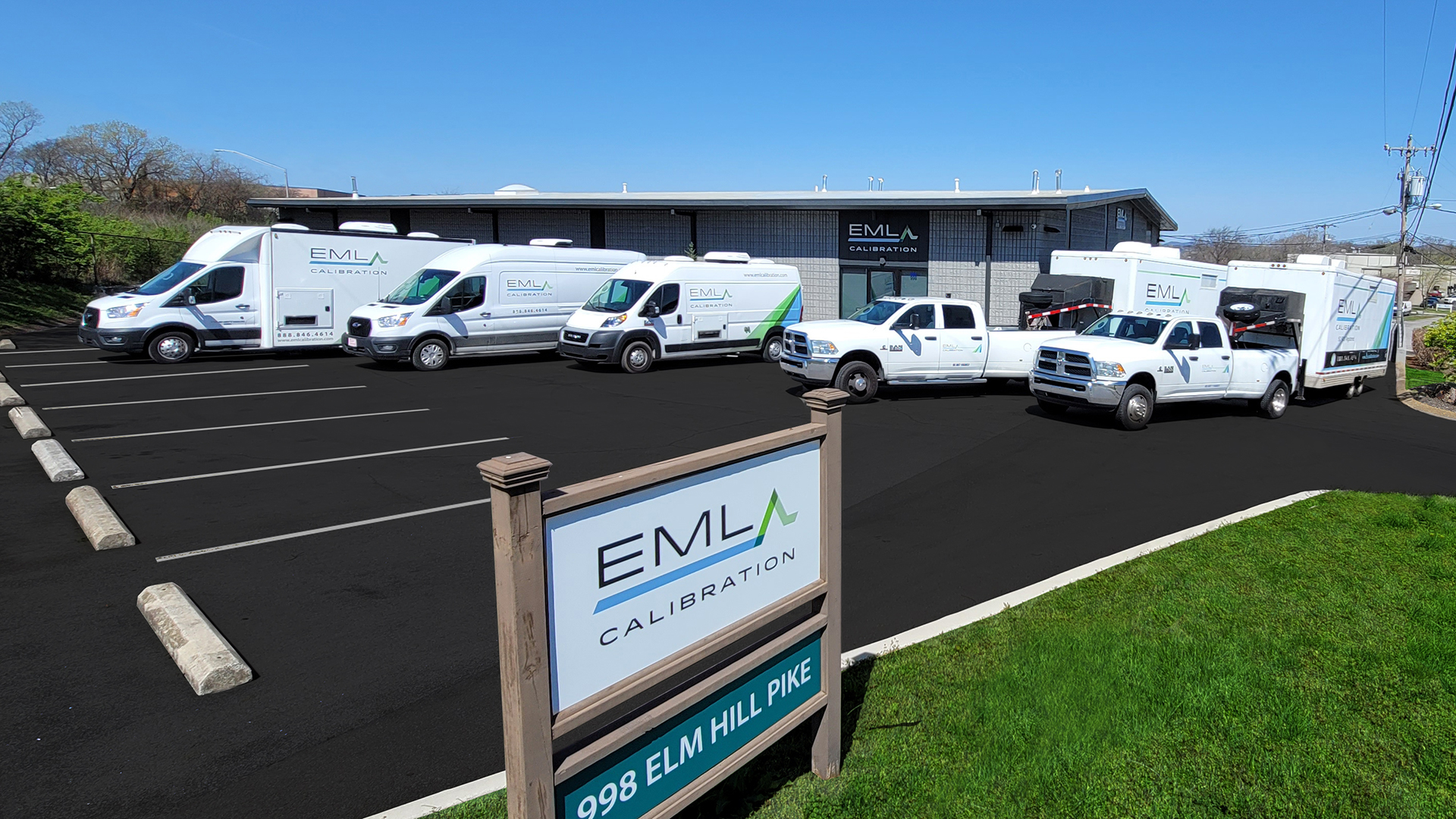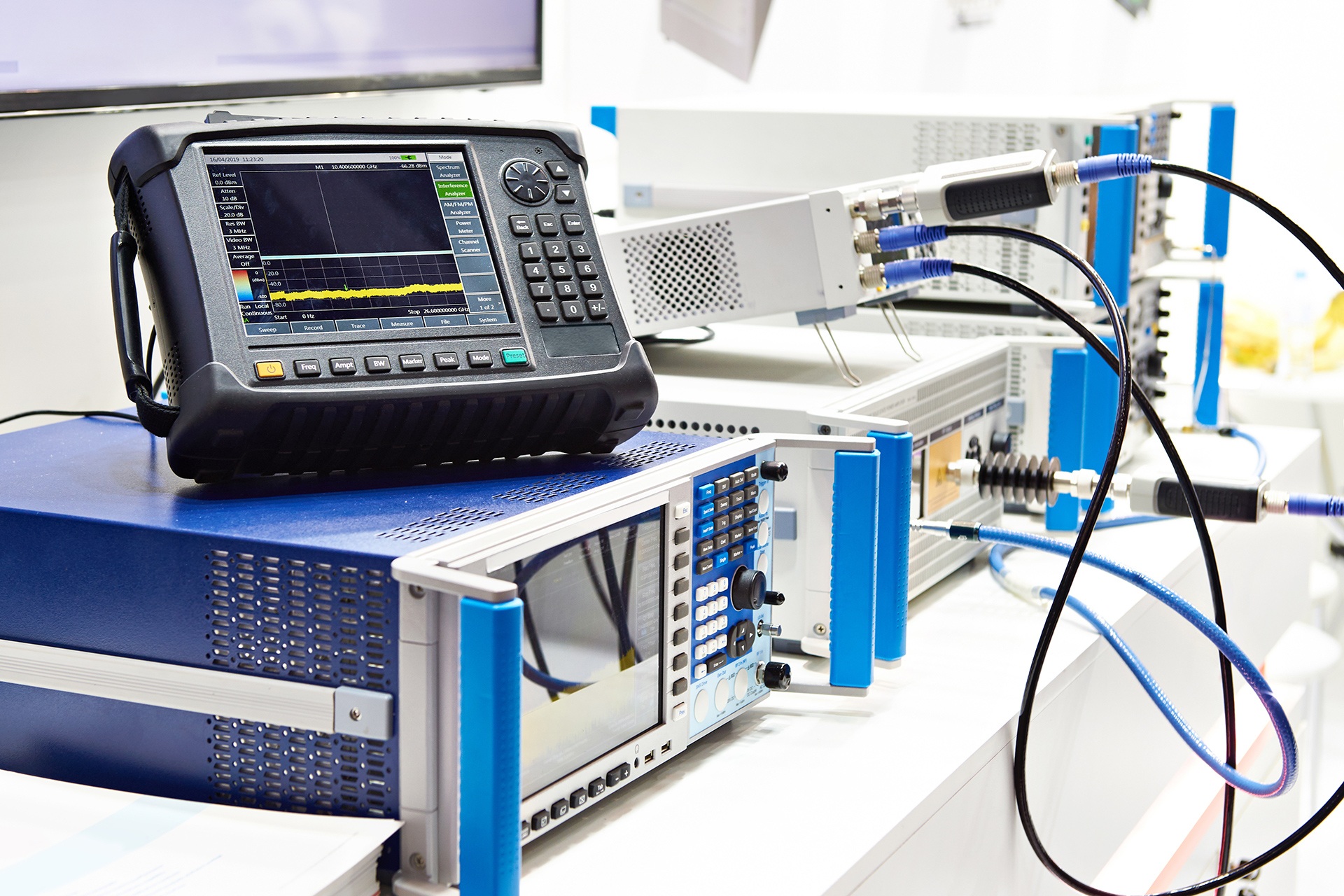You'll uncover that calibration isn't almost inspecting if your equipment functions-- it's about making certain every measurement you make can be relied on. Most experts think they recognize the procedure, however they're missing out on important actions that might invalidate their results. Whether you're collaborating with precision instruments in a lab or industrial equipment on a, the distinction between appropriate calibration and guesswork identifies whether your https://arseoneostorage.blob.core.windows.net/emlcalibration/Backlink_Content/uncategorized/the-importance-of-accurate-calibration-for-nashvilles-exp.html data holds up under scrutiny. The stakes are higher than you realize.Pre-Calibration Planning
and Equipment Analysis Before your equipment even goes into the calibration lab, technicians need to completely assess its existing problem and calibration requirements. This pre-calibration preparation guarantees your calibration services meet particular accuracy standards and measurement needs.During equipment evaluation, technicians analyze your device's documents , previous calibration documents, and present efficiency metrics. They'll recognize which standards and testing treatments are essential to establish appropriate traceability. This examination determines the proper measurement arrays, environmental conditions, and recommendation standards needed for your equipment.The evaluation also reveals potential problems that might influence calibration outcomes. Technicians look for damages, wear, or drift that may endanger accuracy.They'll verify your equipment's specifications versus readily available calibration abilities, making certain reliable outcomes that satisfy your quality requirements and regulatory compliance needs.Environmental Conditions and Setup Requirements When your equipment gets in the calibration lab, technicians must develop precise environmental conditions that straight influence measurement accuracy. Temperature, moisture, and vibration levels have to fulfill rigorous specifications described in ISO IEC accredited calibration procedures.You'll discover that setup requirements vary depending on your instruments' level of sensitivity and the standards being made use of for comparison.Environmental problems aren't simply referrals-- they're important factors that impact precision throughout the entire process. Calibration services maintain controlled ambiences where temperature changes stay within tenths of levels, and moisture continues to be stable.Your measurement results depend on these problems because even small variations can present errors that compromise accuracy.Proper setup requirements make sure that both your instruments and referral standards run within their defined specifications, maintaining the honesty essential for reliable metrology results.Standard Recommendation Choice and Measurement Contrast After ecological problems are established, technicians choose recommendation standards that have accuracy levels considerably more than your equipment under test. This standard referral selection forms the foundation of reliable calibration services.The laboratory utilizes traceable standards that maintain direct links to national measurement institutes, guaranteeing your test equipment obtains accurate measurements.During measurement comparison, technicians systematically review your instrument's readings against these recommendation standards across numerous measurement points. This ISO certified calibration procedure exposes any variances in between your equipment's output and the known reference values.Quality assurance methods need documenting these comparisons meticulously, developing an extensive document of your instrument's efficiency. The measurement comparison data establishes whether your equipment fulfills defined tolerances or requires changes to restore optimal accuracy.Adjustment Procedures and Inconsistency Improvements When measurement contrasts reveal discrepancies past appropriate resistances, technicians execute precise change treatments to recover your instrument's accuracy. These calibration corrections entail systematic actions that align your equipment's readings with traceable recommendation standards.During modification procedures, technicians make physical or digital adjustments to get rid of measurement errors. They'll adjust internal components, rectify sensors, or customize software program parameters to attain compliance with specs. Each inconsistency correction is recorded, creating a comprehensive record of changes made to your instrument.Professional calibration services make sure these adjustments preserve measurement stability while maintaining yourinstrument's capability. Technicians verify that corrections do not introduce new mistakes by performing follow-up measurements.This meticulous technique guarantees your instrument supplies accurate, reliable results that satisfy market standards and regulatory requirements.Verification Testing and Paperwork Protocol Adhering to effective adjustment treatments, your instrument goes through detailed verification testing to confirm it meets all specified performance criteria.This essential phase includes running numerous test cycles using licensed reference standards to validate your equipment's accuracy across its whole operating range.The testing method papers every measurement factor, contrasting real analyses versus understood referral worths. Your calibration companies records all data methodically, creating a traceable document of efficiency verification. This documents enters into your instrument's permanent calibration history.During verification, technicians check repeatability, linearity, and drift characteristics. If your equipment passes all examinations, it gets qualification verifying  compliance with suitable standards.This rigorous procedure guarantees your instrument delivers reliable, accurate measurements vital for quality control and governing conformity in your operations.Conclusion You have actually now grasped the vital actions that'll ensure your calibration process supplies reliable results.
compliance with suitable standards.This rigorous procedure guarantees your instrument delivers reliable, accurate measurements vital for quality control and governing conformity in your operations.Conclusion You have actually now grasped the vital actions that'll ensure your calibration process supplies reliable results.
By following correct planning, keeping regulated settings, picking suitable standards, making required changes, and documenting whatever thoroughly, you're
ensuring measurement accuracy and compliance. Don't skip any kind of stage-- each step builds on the previous one to create a robust calibration framework. Your interest to detail throughout

this process straight influences the honesty of your measurements and equipment efficiency.